‘La France,’ as everyone knows, is female. Perhaps this is due to gendered assumptions about the beauty, cuisine and couture of the French capital, the symbolic revolutionary Marianne, or the patriarchal nature of language. Between 1940 and 1945, however, Paris was more literally female. Most of the capital’s men were serving with the Allied effort overseas, were POWs or forced workers in Germany. The women of Paris had stayed behind to keep the city running, put food on the table and care for their children, parents and in-laws. For some when France fell, Paris felt emasculated in another sense. Suddenly Parisian women found themselves having to decide how they were going to live alongside their almost entirely male Nazi conquerors and occupiers. French women were not yet enfranchised. Large numbers were housewives, and few had bank accounts. Ironically, for many it was when they were further disempowered as French citizens that they became empowered as women forced to make choices.
With this as her premise, Anne Sebba’s fascinating and beautifully written study gives voice to a myriad of narratives belonging to the Parisian women who resisted, collaborated, flourished, suffered, died or survived through a mixture of defiance and compromise. Their options were limited not only by Nazi ideology and French social expectation, but also by material need and the other perverting conditions that came with occupation. ‘C’est compliqué’ is a common refrain running through these pages. What was consistent was that the burden of decision fell on women.
To some, their choices seemed clear. Hélène de Portes, mistress of the prewar premier Paul Reynaud, was a fascist sympathiser who urged government ministers to negotiate with Nazi Germany. After the armistice, she left Paris in a car overloaded with trunks and cases. When a hatbox dislodged, obscuring the windscreen, the car hit a tree, killing her instantly.
Instead of labouring the ironies surrounding this determined woman’s death, Sebba draws a parallel with another politician’s lover. Béatrice Bretty was a leading light at the Comédie-Française and the partner of Georges Mandel, minister of the interior, whom Churchill hoped would lead a
government-in-exile. When the Jewish Mandel was arrested, Bretty refused to work in theatres that would no longer employ Jews and hid messages from de Gaulle in her bouffant coiffure when visiting her lover. Mandel was assassinated just weeks before the liberation of Paris. Bretty eventually returned to the stage, broken-hearted but to rapturous applause.
For most women, however, decisions about collaboration or active resistance were rarely clear. Gallery-owners, actresses, translators, prostitutes, shop-girls and seamstresses may all have worked at times for German clients, but many also defied Nazi cultural edicts, reported snippets of information, hid resisters or Jewish neighbours, delivered messages and resources, or took up arms when they could. Even some stars played ambiguous roles. Edith Piaf, well-rewarded for performing to German audiences in Paris, returned from gigs in French POW camps in Germany with photographs of herself with as many prisoners as possible, to be used in forging ID cards to smuggle back on future visits. Other women, driven by their politics, fear or hope of reward, became active informers. But many did not recognise ‘choices’ at all — simply surviving might require painful compromises and defiance could be an unaffordable luxury.
De Gaulle’s announcement that women would be given the vote once all France was liberated seemed to promise a new era of equality. In reality, the role women played in the Resistance went largely unrecognised, partly because most had not been members of any official organisation. Later, many women deported for their actions were legally classed as victims rather than resisters. De Gaulle’s own niece had been sent to Ravensbrück concentration camp but, when welcoming back returning prisoners, he mentioned only the recovery of France’s ‘two and a half million sons’.
Female collaboration, meanwhile, was often disproportionately visible, and sexual collusion — or ‘horizontal collaboration’ as it was often called — inevitably received more attention than the economic collaboration of male-run businesses. When, after liberation, such women were publicly shamed, it was arguably more about the restoration of male authority than justice. It was down to Lucie Aubrac, a resister herself and the first woman to sit in a French parliamentary assembly, to fight the ‘simplistic notion that women had collaborated while men had fought’.
In Les Parisiennes, Anne Sebba skilfully weaves the history of 1940s Paris through the remarkable stories of women from all walks of life. Some voices end abruptly, but many reappear through the chapters providing strong narrative force. Turning the better-known Paris tapestry over in this way reveals fascinating and sometimes long-hidden threads. It seems surprising how little regar
The post What did you do in the last war, Maman? appeared first on The Spectator.
Got something to add? Join the discussion and comment below.
Get 10 issues for just $10
Subscribe to The Spectator Australia today for the next 10 magazine issues, plus full online access, for just $10.
You might disagree with half of it, but you’ll enjoy reading all of it. Try your first month for free, then just $2 a week for the remainder of your first year.

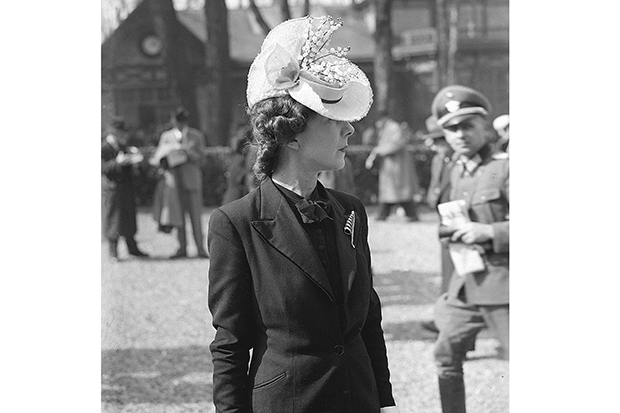
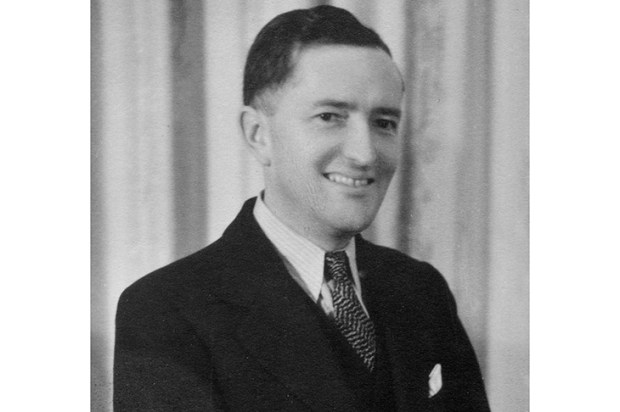
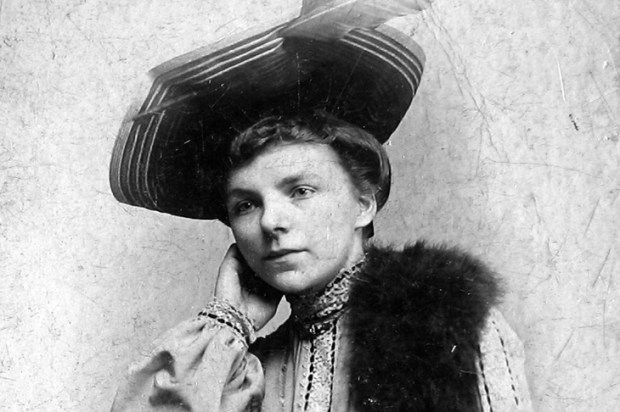
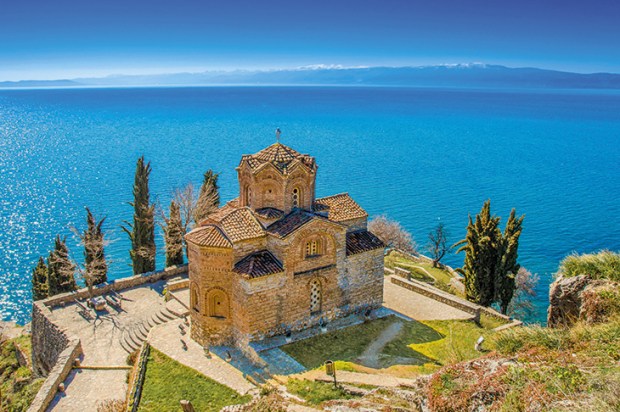
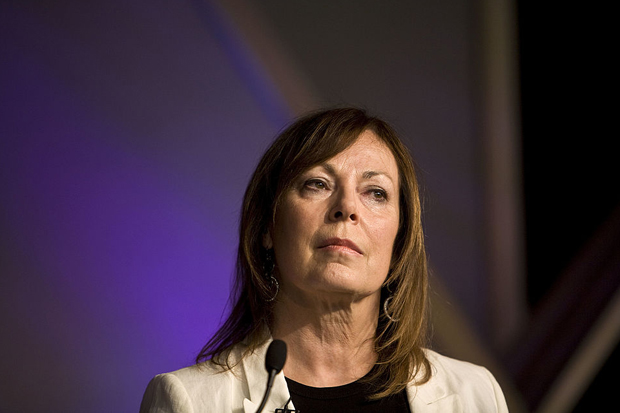
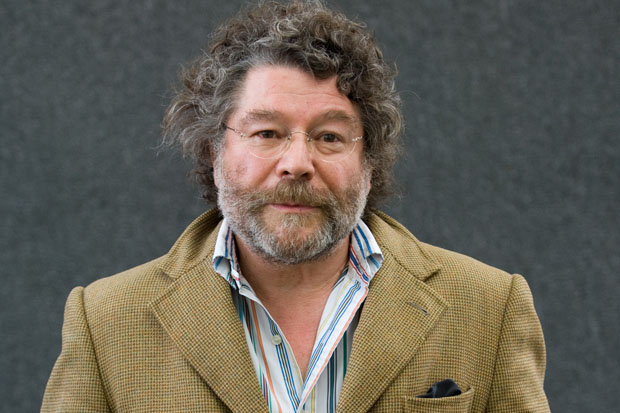
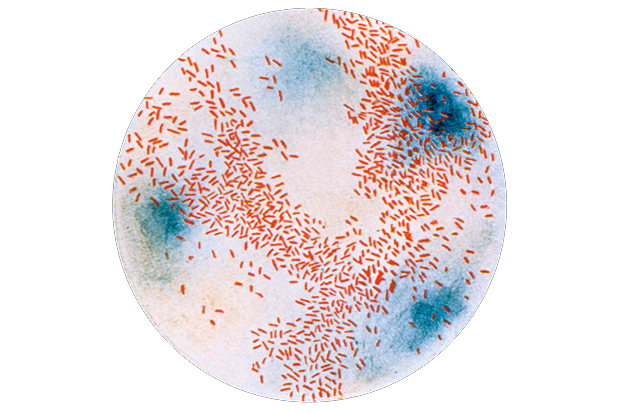
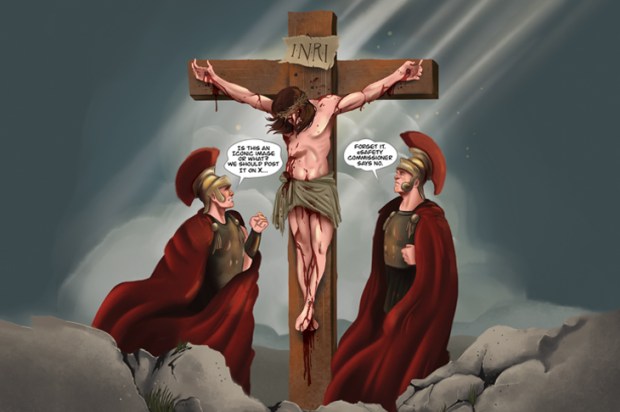
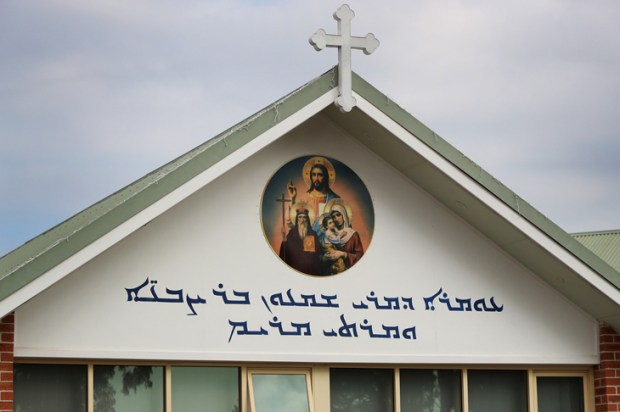

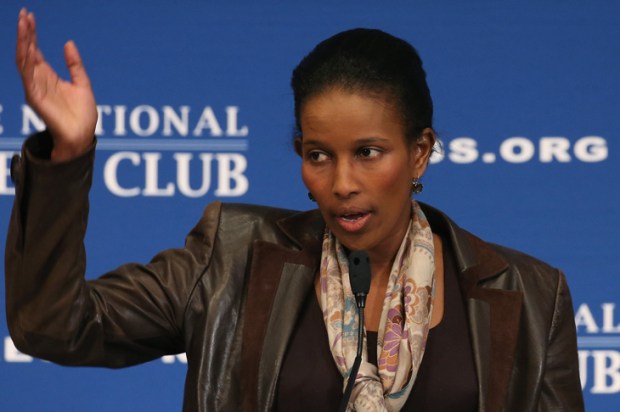
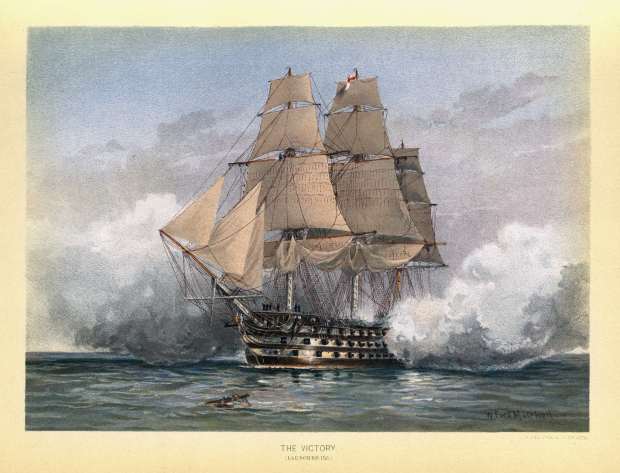
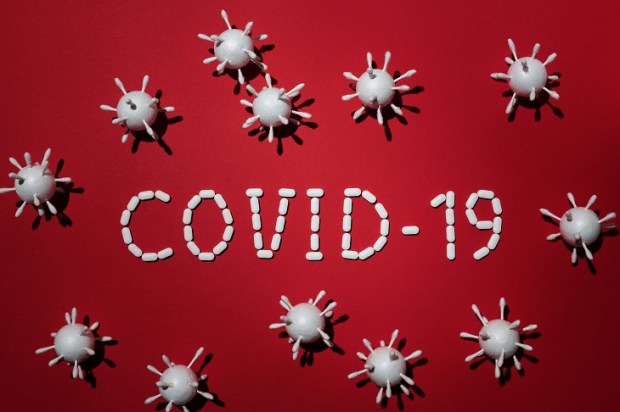
Comments
Don't miss out
Join the conversation with other Spectator Australia readers. Subscribe to leave a comment.
SUBSCRIBEAlready a subscriber? Log in